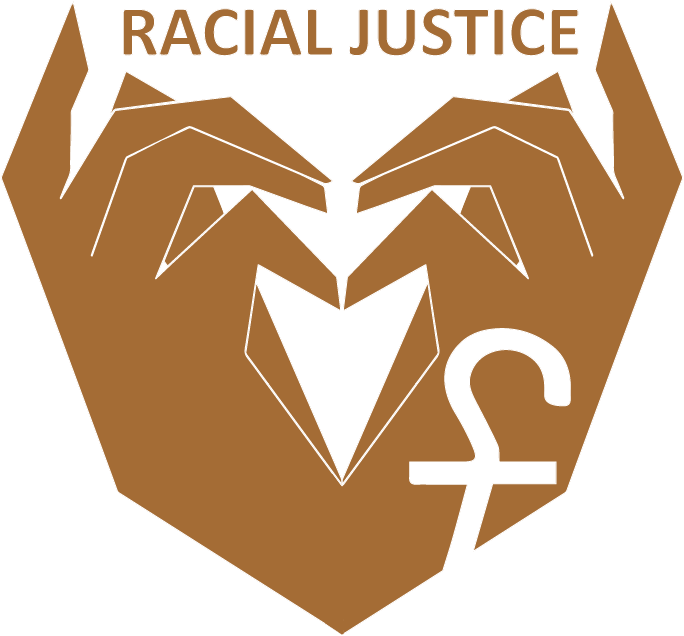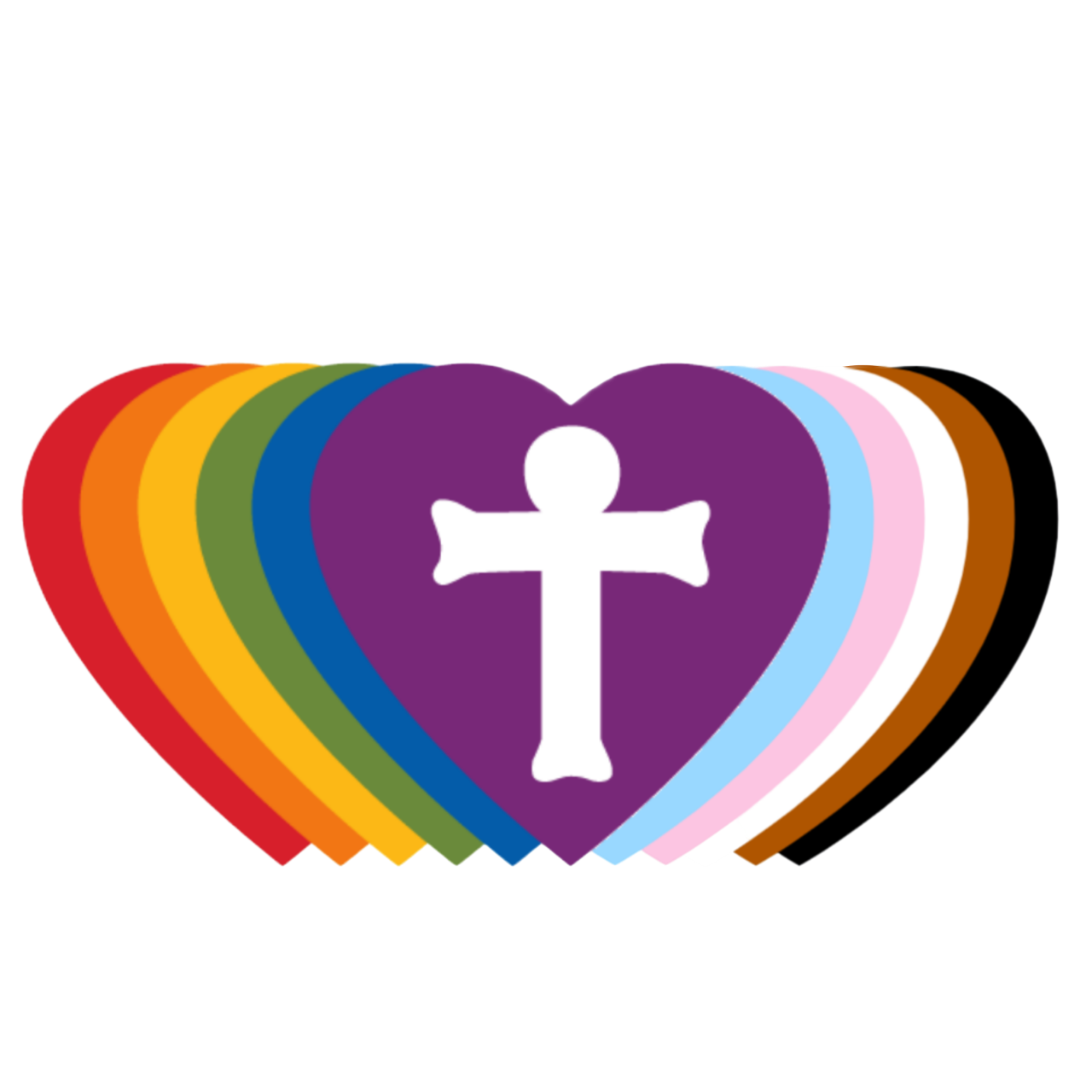Ash Wednesday
Good Shepherd Lutheran Church
Decorah, Iowa
Rev. Amy Zalk Larson
Click here to see scripture passages for the day.
Beloved of God, grace to you and peace in the name of Jesus. Amen.
On Ash Wednesday we’re told, “Remember that you are dust and to dust you shall return.” We’re remind- ed we are fragile, frail, mortal, that we are vulnerable and broken. I’ve wondered if we really need to be reminded of such things this year. The news, the death tolls, the masks and refusals to wear masks are maybe reminders enough. And yet, hearing that we are made of dust isn’t just a message about our mortality and sinfulness. It’s also a liberating word.
We are dust. We can let go of all our pretense, all our futile attempts to spruce ourselves up.
We are so often focused on how we appear to others. Do I look put together? Do I seem woke? How am I coming across in this email message, on this Zoom call? Do I seem like a good person, a good Christian, a good parent, friend, employee? That person has taken up three new hobbies during the pandemic, that guy has done a virtual marathon, she is helping so many people and I’m just binging Netflix and ice cream. We compare and compete and worry about the image we’re projecting.
This wears us out and sucks our souls dry.
On Ash Wednesday, God calls us to stop. Quit trying to cover. Lay down all the striving, the virtue signaling, the performative acts. God calls us to stop focusing on outward appearances, to look within and to remember that we are dust. Remember, our lives do not depend upon our own frail courage, strength and talent, on our ability to tidy things up. Remember, our lives depend upon God – God who breathed life into dust at the beginning.
Dust is fertile ground for God’s work. Dirt is a garden for the Holy One to bring life. The awareness that we are dust is unsettling and humbling. Yet it is also so very grounding and life-giving. We are dust and God does beautiful things with dust.
The cross shows us this. The cross shows us most clearly what God can do with dust. The cross shows us that God has entered into the dust of our lives, God has come to live in a frail, fragile, human body. God has entered into the human realities of sin and death. And God meets us here, in our bodies, in the place we least expect to meet God. God meets us amidst all our shame and guilt and sin to write a new story, to reframe the landscape of our bodies and our lives.
A cross is also placed upon our foreheads at baptism along with the proclamation: Child of God, you are sealed by the Holy Spirit and marked with the cross of Christ forever. The cross on our forehead says that every bit of our dust is claimed and loved by God. That cross stays on our dusty bodies forever. We are marked by the promises of God. They stick to us and hold us in hope. Yet we can’t always see this. We don’t always remember that we are marked by the cross of Christ forever. So, in Lent we’re called to turn toward the cross and remember the gift of baptism. Lent is also a time to prepare for baptism if you haven’t been baptized. I’m always available to talk with you about baptism.
Over the next five Wednesday nights in midweek Lenten worship, we’ll be reflecting on what baptism means for daily life, on what it means to be marked with the cross of Christ forever. We’ll focus on this with people preparing for baptism and with Confirmation students preparing to affirm their baptisms.
It’s good for all of us to reflect upon baptism during Lent. Living out our baptismal identities is how we follow in God’s way of justice described in the passage from Isaiah tonight: how we experience God’s promise to satisfy our needs in parched places and make our bones strong; so that our dust shall be like a watered garden, like a spring of water whose waters never fail.
Tonight, as we begin this season of reflection upon baptism you are invited to receive the sign of the cross again and again upon your body using words adapted from the Welcome to Baptism service in our worship book Evangelical Lutheran Worship.[1] The Welcome to Baptism service is used with people who are preparing to be baptized. It’s a good way for us all to begin Lent. Even if we can’t receive dusty ashes on our foreheads, our dusty bodies can still be marked with the cross today.
As we begin, you are invited to stand and prepare to make the sign of the cross again and again on your body. If standing isn’t possible, if you can’t reach all these parts of your body, Christ meets you there still.
Our bodies all move and work in a variety of ways and God’s image is revealed in all of us.
Let’s begin.
Beloved of God,
You have heard the holy and saving gospel of Jesus Christ. Now receive the sign of that tender gospel on your body and your heart. As I speak the words in italics and bold, mark the cross there and/or reflect upon how Christ meets you there.
(mark the sign of the cross on your forehead)
Receive the + cross on your forehead, a sign of God’s fervent love and extravagant mercy for you.
(mark the sign of the cross throughout your body)
Receive the + cross on your ears, that you may hear the gospel of Christ, the word of life.
Receive the + cross on your eyes, that you may see the light of Christ illuminating your way.
Receive the + cross on your lips, that you may sing the praise of Christ, the joy of the church.
Receive the + cross on your heart, that God may dwell within you by faith.
Receive the + cross on your shoulders, that you may bear the gentle yoke of Christ.
Receive the + cross on your hands, that God’s mercy may be known in your work.
Receive the + cross on your feet, that you may follow in the way of Christ.
Beloved of God,
Remember that you are dust.
Remember what God can do with dust.
God meets you in the dust of your body to bring new life.
You are marked with the cross of Christ.
Amen.
[1] Evangelical Lutheran Church in America, Evangelical Lutheran Worship Leaders Desk Edition (Minneapolis: Augsburg Fortress Publishers, 2008), 592.



